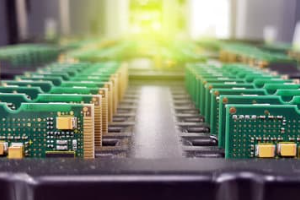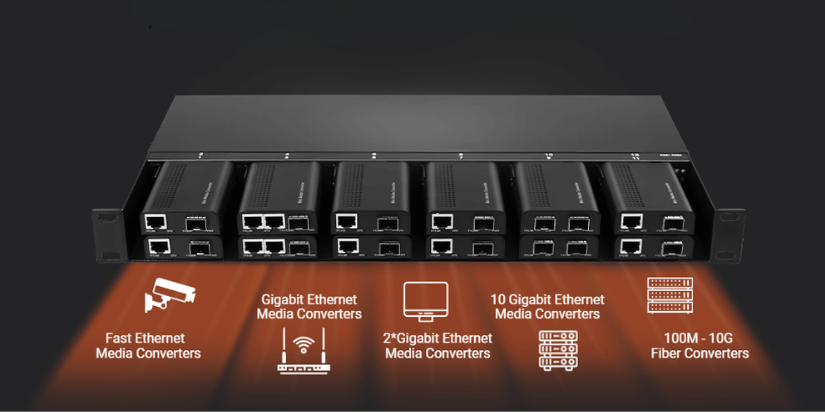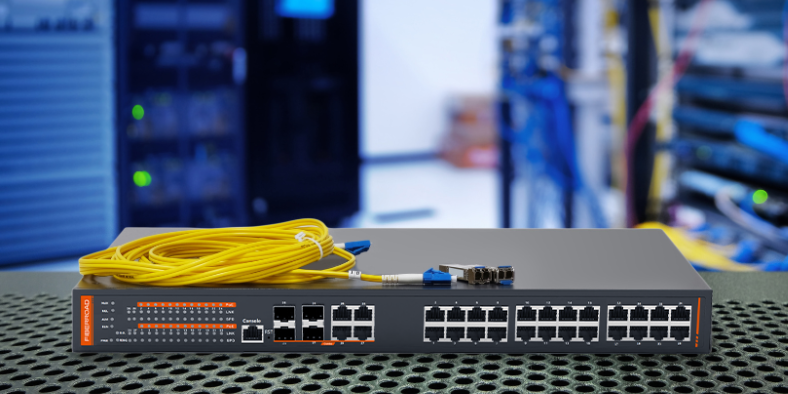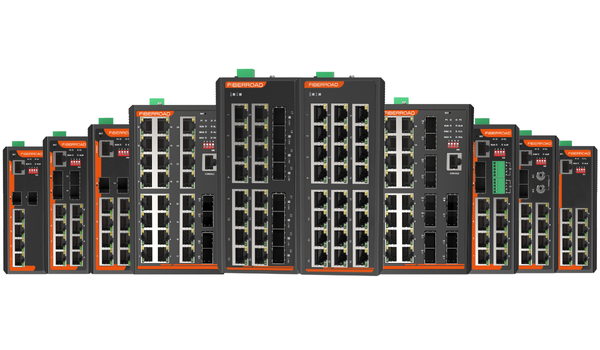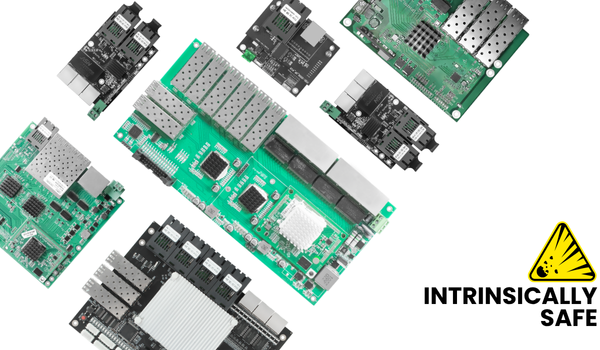Introduction to Fiber Media Converters
Are you looking to expand your network capabilities and improve data transfer speeds? If so, fiber media converters may be just what you need. These powerful devices help bridge the gap between different types of networks by converting signals from one medium to another. But with so many options available on the market, how do you know which type of fiber media converter is right for your needs? In this blog post, we’ll explore the different types of fiber media converters and their pros and cons, as well as provide tips for choosing the perfect device for your network setup. So let’s dive in!
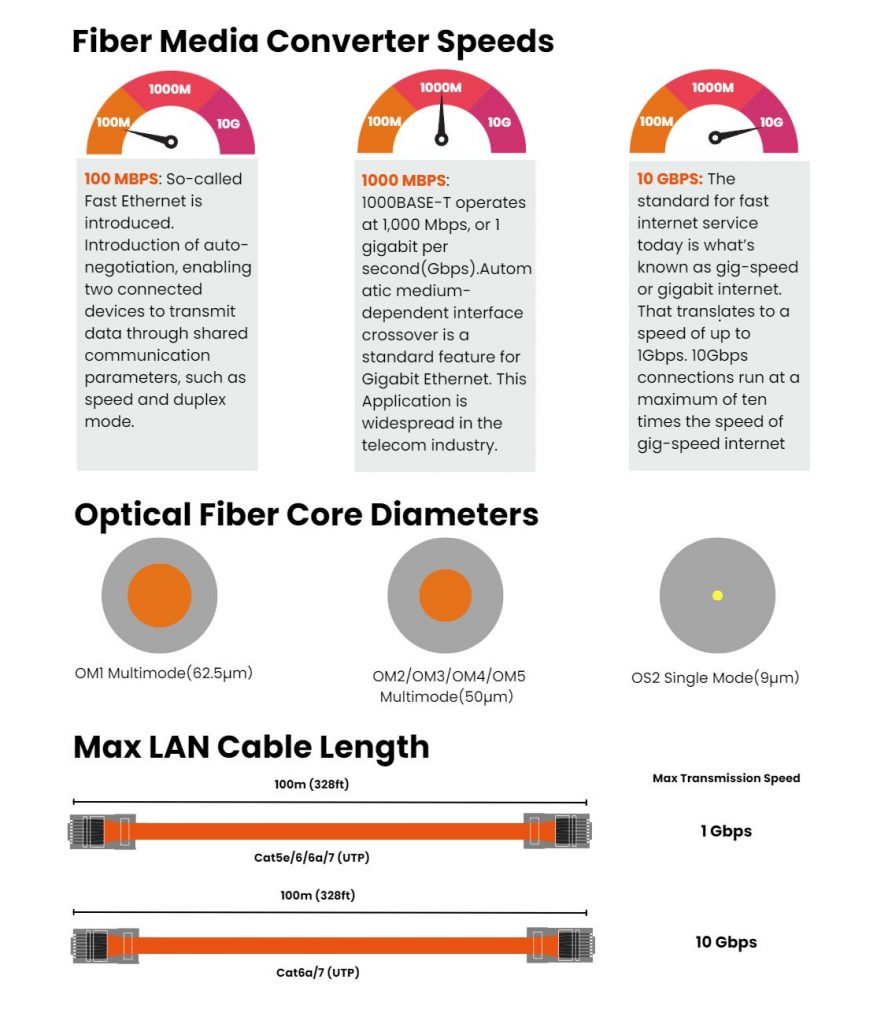
Different Types of Fiber Media Converters
Fiber media converters are used to convert different types of signals from one media type to another. There are various types of fiber media converters available in the market, each designed for specific network needs.
One type is a standalone converter that can be installed on a desktop or rackmount. It supports both single-mode and multimode fibers and provides reliable data transmission over long distances.
Another type is a managed converter that allows remote management and monitoring of the system through SNMP protocols. It also offers advanced features like VLAN support, link fault pass-through, and auto-negotiation.
For harsh environments, there are industrial-grade converters that are designed to withstand extreme temperatures, shocks, vibrations, dust, and moisture. These rugged devices ensure uninterrupted communication in demanding settings such as oil rigs or factories.
In addition to these primary categories, there are several other specialized fiber media converters such as CWDM (coarse wavelength division multiplexing), DWDM (dense wavelength division multiplexing), BIDI (bidirectional), SFP (small form-factor pluggable) modules among others.
Choosing the right fiber media converter depends on many factors including distance requirements, bandwidth demands, environmental conditions and budget constraints.

Unmanaged Gigabit Fiber Media Converter

Unmanaged Gigabit PoE Fiber Media Converter

Unmanaged Gigabit Industrial Fiber Media Converter

Managed Gigabit Fiber Media Converter
Pros and Cons of Fiber Media Converters
Fiber media converters are an essential tool for connecting different network types, and they come with their own set of advantages and disadvantages.
Pros:
One of the primary benefits of fiber media converters is that they allow you to extend your network’s reach over longer distances. With traditional copper cabling, signal loss can occur after a certain distance, but fiber optic cables can transmit signals much further without degradation.
Another advantage is that fiber media converters offer greater bandwidth capabilities than copper-based solutions. This means you can achieve faster data transfer rates across your network infrastructure.
Because optical fibers are immune to electromagnetic interference (EMI), using a fiber media converter eliminates any potential problems caused by EMI from nearby electrical equipment or other sources.
Cons:
The biggest drawback of using fiber media converters is the cost. Fiber optic cables and associated hardware tend to be more expensive than their copper counterparts.
Another disadvantage is that optical fibers require specialized knowledge and equipment for installation and maintenance. If your organization doesn’t have this expertise in-house, it could result in higher costs for hiring external contractors or training staff members.
While optical fibers are less susceptible to physical damage compared to copper cabling, they’re still fragile when handled improperly. A single break in a cable could disrupt connectivity across an entire network until repairs are made.
How to Choose the Right One for Your Needs
Choosing the right fiber media converters for your needs is essential to ensure optimal network performance. The following factors should be considered when selecting the appropriate converter:
Firstly, consider the type of fiber optic cable used in your network. Single-mode and multimode fibers require different types of converters.
Secondly, determine the required data transfer speed and bandwidth needed for your network. This will help you choose a converter that can handle the necessary throughput.
Next, consider whether you need a standalone or modular converter. Standalone converters are suitable for small networks while modular ones offer scalability for larger networks.
Fourthly, think about the distance between devices on your network. Different converters have varying transmission ranges.
Also, check if you need additional features such as Power over Ethernet (PoE) support or management capabilities like SNMP monitoring.
Assess compatibility with existing equipment in your network to avoid any issues during installation and setup.
By considering these factors carefully when choosing a fiber media converter, you can ensure that it meets all of our requirements and provides reliable connectivity within your network infrastructure.
Some Applications of Fiber Media Converters
Fibe media converters are devices that enable the connection of two dissimilar Signal types, most common fiber optic cable and twisted pair copper cable. By using a fiber media converter, businesses can take advantage of the benefits offered by both technologies while minimizing the negatives. For example, fiber optics provide high bandwidth and low latency, while twisted-pair copper cables are less expensive and easier to work with.
Fiber media converters typically consist of two parts: a chassis and one or more plug-in modules. The media converter chassis provides power and houses the electronics for the converter, while the plug-in modules contain the ports for connecting to each type of cable. In many cases, media converters can also be used to connect other types of media, such as coaxial cables or satellite dishes.
Businesses often use fiber media converters when they need to connect two different types of equipment, such as a computer and a printer. By using a converter, they can avoid having to purchase two separate pieces of equipment that would be compatible with only one type of media. Additionally, It can be used to connect two pieces of equipment that use different protocols, such as Ethernet and Fibre Channels. This allows businesses to take advantage of the benefits offered by both technologies without having to invest in new equipment that supports both protocols.
Conclusion
To sum up, Fiber Ethernet media converters offer a simple and cost-effective solution to integrating different network types. They are available in various types with unique features that suit specific networking needs. Whether you need to convert copper-based signals to fiber or extend your network over long distances, there is always an appropriate converter for you.
When choosing a converter, it’s crucial to consider factors like transmission distance, data rate, connector type, and power options. It’s also essential to choose a reliable and reputable manufacturer for quality assurance.
Fiber media converters provide an efficient way of integrating different networks without having to overhaul your entire system infrastructure. The flexibility they offer not only saves you money but also time while enhancing the performance of your network system.

